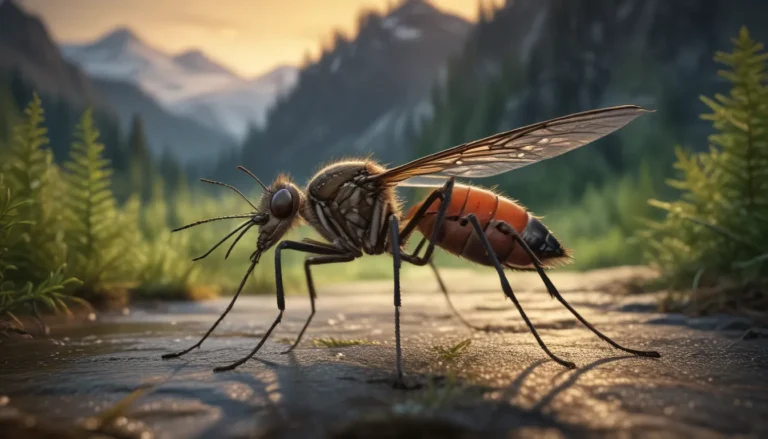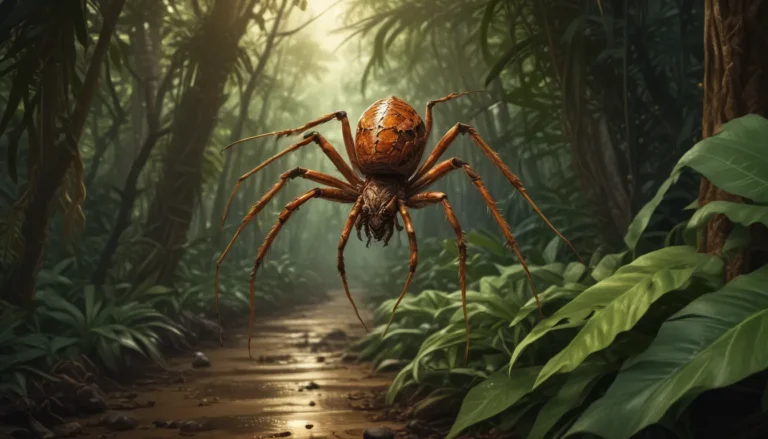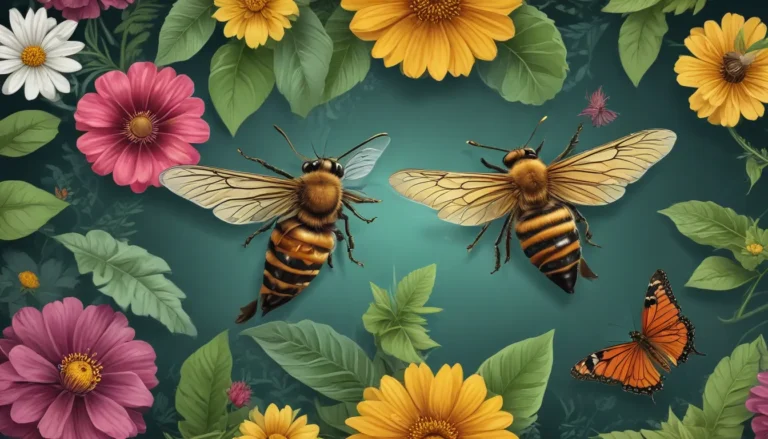The pictures we use in our articles might not show exactly what the words say. We choose these pictures to make you interested in reading more. The pictures work together with the words but don’t take their place. The words still tell you the important facts.
Are you curious about the delightful Black-capped Chickadee and eager to uncover its fascinating secrets? This small, charismatic bird native to North America is not only visually appealing but also full of interesting facts that will captivate any nature lover. Join us as we explore 19 intriguing tidbits about the Black-capped Chickadee, from its unique behaviors to its remarkable adaptations for survival in various environments. Get ready to be amazed by the captivating world of this tiny bird that holds a special place in the hearts of bird enthusiasts and nature lovers alike.
The Charming Black-Capped Chickadee: Key Takeaways
- Black-capped chickadees are small, social birds with a striking black cap, known for their impressive vocal abilities and curious nature.
- These resilient birds have adapted to survive in cold weather and play a crucial role in forest ecosystems by dispersing seeds.
- Recognized as the state bird of Massachusetts and Maine, black-capped chickadees are cherished for their adaptability and charm.
The Melodious “Chick-a-dee-dee-dee” Call
One of the most distinctive features of the Black-capped Chickadee is its vocal abilities. With its well-known "chick-a-dee-dee-dee" call, this bird uses vocalizations as a way to communicate with its flock.
The Petite Size of a Black-Capped Chickadee
Measuring only about 5 to 6 inches in length, Black-capped Chickadees are easily recognizable in the wild due to their small size. Their striking black cap on their heads contrasts beautifully with their white cheeks and grayish body.
An Omnivorous Diet to Satisfy Every Craving
Black-capped chickadees have a varied diet, enjoying a mix of insects, spiders, seeds, berries, and even small fruits. Their unique feeding behavior includes storing food in hidden locations to sustain them during harsh winters.
Year-Round Residents with a Taste for Adventure
While many birds migrate to warmer climates during the winter, Black-capped Chickadees are non-migratory, meaning they can be found in their habitat throughout the year, even during the cold winter months.
Adapting to Cold Weather with Fluffed Feathers
To survive in frigid temperatures, Black-capped Chickadees have a clever adaptation. They fluff up their feathers to create an insulating layer of warm air around their bodies, providing extra protection from the cold.
The Acrobatic Feats of a Chickadee
Watch in awe as Black-capped Chickadees display their agility and acrobatic skills while foraging for food. With the ability to swiftly change direction and even fly upside down, these little birds are certainly masters of the sky.
Memory Skills Beyond Compare
Research has shown that Black-capped Chickadees possess remarkable spatial memory. They can recall the precise location of thousands of food storage sites, a skill that helps them survive and thrive in their environment.
Social Creatures with Complex Interactions
Highly social birds, Black-capped Chickadees often form large flocks during the winter months. Through a variety of calls and engaging in complex social interactions, these birds demonstrate their communication skills within the flock.
Strategic Nesting Habits for a Safe Haven
Black-capped Chickadees build their nests in tree cavities or birdhouses, lining them with soft materials such as moss, animal fur, and plant fibers to create a cozy and secure home for their young.
Caching Behavior: Hidden Treasures Await
Known for their caching behavior, Black-capped Chickadees hide food in different locations, allowing them to retrieve it later when food sources become scarce. This strategic behavior ensures they have a steady supply of food during challenging times.
Asserting Dominance with Strong Territories
During the breeding season, male Black-capped Chickadees vigorously defend their territories, often engaging in aggressive vocalizations and physical displays to establish and protect their breeding ground.
Captivating Courtship Rituals
In a display of courtship, male Black-capped Chickadees perform a distinctive "fee-bee" song to attract females. This unique courtship ritual showcases the male's breeding fitness and plays a vital role in the mating process.
Cooperative Breeding for Family Support
Black-capped Chickadees engage in cooperative breeding, with older siblings from previous broods assisting parents in caring for and raising new offspring. This cooperative behavior ensures the survival and well-being of the chickadee family.
A Curiosity towards Humans and the World
With a natural curiosity and fearlessness, Black-capped Chickadees often approach humans closely, especially when provided with food or bird feeders. Their friendly and inquisitive nature has endeared them to birdwatchers and nature enthusiasts alike.
Fueling Energy with a Rapid Metabolism
Black-capped Chickadees have a high metabolic rate, requiring them to consume around 10 times their body weight in food daily to meet their energetic needs. This constant need for energy drives their active foraging behavior.
The Circle of Life: Lifespan and Ecosystem Impact
On average, Black-capped Chickadees live for about 6 to 10 years, with some individuals reaching up to 12 years of age. As seed eaters, they play a vital role in ecosystems by dispersing seeds and aiding in forest regeneration.
Honored Residents of Massachusetts and Maine
The Black-capped Chickadee holds the esteemed title of the state bird for both Massachusetts and Maine, celebrated for its adaptability, charm, and contribution to the natural world.
The Enchanting World of Black-Capped Chickadees
In conclusion, Black-capped Chickadees are truly remarkable birds, showcasing intelligence, adaptability, and vocal abilities that enchant birdwatchers and nature enthusiasts alike. From their unique behaviors to their impressive adaptations, these little birds continue to inspire awe and admiration in those who observe them in the wild.
Frequently Asked Questions
Q: What is the typical lifespan of a Black-capped Chickadee?
A: Black-capped Chickadees typically live for about 6 to 10 years, with some individuals reaching up to 12 years of age.
Q: Do Black-capped Chickadees migrate?
A: No, Black-capped Chickadees are non-migratory birds, staying in their habitat throughout the year, even during the cold winter months.
Q: What do Black-capped Chickadees eat?
A: Black-capped Chickadees have a varied diet that includes insects, seeds, berries, and small fruits.
Q: How do Black-capped Chickadees communicate?
A: Black-capped Chickadees use a wide range of vocalizations to communicate with each other within their flock.
Q: Are Black-capped Chickadees cavity nesters?
A: Yes, Black-capped Chickadees nest in tree cavities, lining their nests with soft materials for comfort and warmth.
As you delve into the enchanting world of the Black-capped Chickadee, remember to appreciate the beauty and wonder of these captivating birds that continue to bring joy and inspiration to those who admire them. Their unique traits and behaviors remind us of the incredible diversity and beauty of the avian world, enriching our connection to nature and wildlife.






